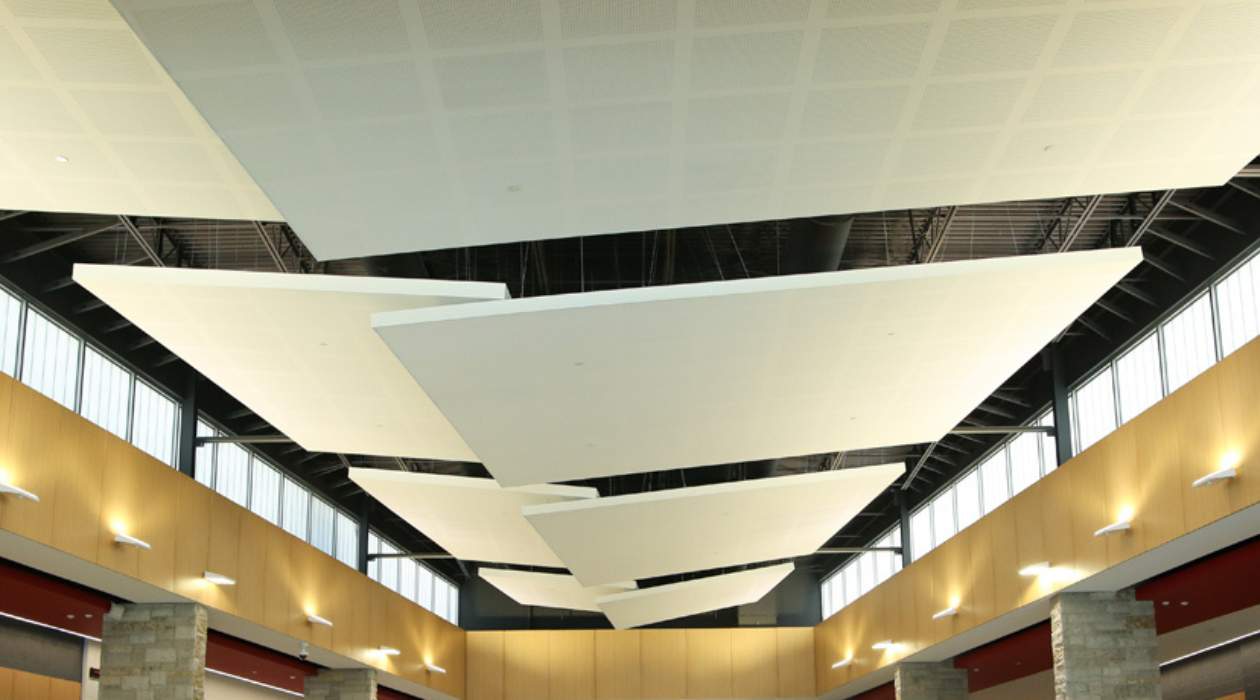

Articles
What Is A GWB Ceiling
Modified: August 24, 2024
Learn all about GWB ceilings in this informative articles. Find out what they are and how they are installed. Perfect for DIYers and home improvement enthusiasts.
(Many of the links in this article redirect to a specific reviewed product. Your purchase of these products through affiliate links helps to generate commission for Storables.com, at no extra cost. Learn more)
Introduction
Welcome to the world of building materials! If you’re interested in home décor or construction, you’ve probably come across various terminologies related to ceilings. One such term is the GWB Ceiling. In this article, we will delve into the world of GWB Ceilings, exploring what they are, their characteristics, advantages, and disadvantages, as well as the installation process, maintenance, and repair. By the end of this article, you’ll have a comprehensive understanding of GWB Ceilings and their role in modern architecture and interior design. So let’s get started!
Key Takeaways:
- GWB Ceilings offer a durable, fire-resistant, and aesthetically pleasing option for both residential and commercial spaces. Their sound insulation capabilities and design flexibility make them a practical choice for creating safe, elegant, and comfortable environments.
- While GWB Ceilings provide numerous advantages such as cost-effectiveness, ease of installation, and low maintenance, it’s important to consider potential disadvantages like susceptibility to moisture damage and limited impact resistance. Understanding these factors is crucial for making informed decisions when choosing ceiling materials.
Read more: What Does GWB Stand For In Construction
Definition of GWB Ceiling
GWB stands for Gypsum Wall Board, which is a type of board commonly used for constructing interior walls and ceilings. Therefore, a GWB Ceiling refers to a ceiling that is made using gypsum wall boards. Gypsum wall boards, also known as drywall or sheetrock, are made from a mineral called gypsum, which is a soft sulfate mineral composed of calcium sulfate dihydrate.
GWB Ceilings offer a smooth, seamless appearance due to the use of gypsum wall boards. These boards are available in various sizes and thicknesses to accommodate different ceiling designs and requirements. They are known for their versatility and easy installation, making them a popular choice for both residential and commercial buildings.
Gypsum wall boards are known for their fire-resistant properties, which is an important factor to consider when choosing ceiling materials. GWB Ceilings provide an added layer of safety by containing the spread of fire, allowing occupants more time to evacuate the premises in case of an emergency. This makes them an ideal choice for spaces that require enhanced fire protection, such as hospitals, schools, and high-rise buildings.
Additionally, GWB Ceilings offer excellent sound insulation properties. The gypsum wall boards help absorb and reduce noise transmission between rooms or floors, contributing to a quieter and more peaceful environment. This makes GWB Ceilings a preferred choice for spaces that require noise reduction, such as recording studios, conference rooms, and residential apartments.
Overall, the GWB Ceiling offers a durable, versatile, and aesthetically pleasing option for ceiling construction. Next, let’s explore the characteristics of GWB Ceilings to understand why they are a popular choice among architects, builders, and homeowners alike.
Characteristics of GWB Ceilings
GWB Ceilings possess several key characteristics that make them a desirable choice for both residential and commercial applications. Here are some of the main characteristics of GWB Ceilings:
- Durability: Gypsum wall boards used in GWB Ceilings are highly durable and can withstand the test of time. They are resistant to cracking, warping, and moisture damage, ensuring a long-lasting and reliable ceiling solution.
- Smooth and seamless finish: Gypsum wall boards provide a smooth and seamless finish when installed properly. This creates a visually appealing ceiling surface without any visible joints or imperfections. The seamless finish adds a touch of elegance and sophistication to the overall interior design.
- Fire-resistance: One of the standout characteristics of GWB Ceilings is their fire-resistance. Gypsum is a non-combustible material that acts as a barrier, slowing down the spread of fire. This makes GWB Ceilings a safe choice, especially in areas where fire protection is of utmost importance.
- Sound insulation: GWB Ceilings excel in providing sound insulation capabilities. The gypsum wall boards effectively absorb and dampen noise, reducing sound transmission between rooms or floors. This is particularly advantageous in spaces that require privacy and sound control, such as offices, classrooms, and residential units.
- Design flexibility: Another notable characteristic of GWB Ceilings is their design flexibility. Gypsum wall boards can be easily cut and shaped to accommodate various designs and architectural features. This allows for creativity and customization, enabling architects and interior designers to create unique and visually appealing ceiling designs.
- Easy installation: GWB Ceilings are relatively easy to install compared to other ceiling materials. Gypsum wall boards are lightweight and can be quickly and efficiently installed by professionals. The ease of installation helps save time and labor costs during construction or renovation projects.
These characteristics make GWB Ceilings a practical and versatile choice for a wide range of applications. Whether you’re looking to create a sleek and modern living space or a functional and professional office environment, GWB Ceilings can provide the ideal solution. In the next section, we will explore the advantages of using GWB Ceilings in more detail.
Advantages of GWB Ceilings
GWB Ceilings offer numerous advantages that make them a popular choice among architects, builders, and homeowners. Here are some of the key advantages of installing GWB Ceilings:
- Cost-effective: GWB Ceilings are cost-effective compared to other ceiling materials such as plaster or wood. The gypsum wall boards used in GWB Ceilings are readily available and affordable, making them a budget-friendly option for ceiling construction or renovation projects.
- Easy installation: GWB Ceilings are relatively easy to install, requiring minimal tools and equipment. The lightweight nature of the gypsum wall boards allows for quick and efficient installation. This not only saves time but also reduces labor costs during the construction process.
- Versatility: GWB Ceilings offer design flexibility, allowing for various design possibilities. Gypsum wall boards can be easily cut and shaped to create unique and customized ceiling designs. From curved ceilings to intricate patterns, GWB Ceilings can be tailored to suit different architectural styles and interior aesthetics.
- Fire-resistance: One of the standout advantages of GWB Ceilings is their fire-resistance. Gypsum is a naturally fire-resistant material, which can help contain the spread of flames in the event of a fire. This added fire protection provides occupants with valuable time to evacuate and increases overall safety within the building.
- Sound insulation: Another significant advantage of GWB Ceilings is their superior sound insulation properties. The gypsum wall boards effectively absorb and reduce noise transmission, creating a quieter and more peaceful indoor environment. This is particularly beneficial in spaces where noise reduction is essential, such as offices, schools, and residential buildings.
- Smooth and seamless finish: GWB Ceilings offer a smooth and seamless finish when installed properly. The absence of visible joints and imperfections enhances the overall aesthetic appeal of the ceiling, creating a clean and polished look. This contributes to the visual appeal of the space and adds a touch of sophistication.
- Low maintenance: GWB Ceilings require minimal maintenance over time. The gypsum wall boards are resistant to cracks, warping, and moisture damage, reducing the need for frequent repairs. Regular cleaning and occasional touch-ups are usually sufficient to keep GWB Ceilings looking fresh and new.
These advantages make GWB Ceilings a practical and cost-effective choice for a variety of applications. Whether you’re looking to create a modern office space, a cozy residential interior, or a commercial establishment, GWB Ceilings can offer the desired benefits. However, it’s important to consider the potential disadvantages of GWB Ceilings as well, which we will explore in the next section.
Disadvantages of GWB Ceilings
While GWB Ceilings offer numerous advantages, it’s important to consider their potential disadvantages as well. Here are some of the key disadvantages of GWB Ceilings:
- Susceptible to moisture damage: Despite their resistance to moisture, excessive exposure to moisture or water leaks can cause damage to GWB Ceilings. Moisture can lead to sagging, warping, or mold growth, requiring repairs or replacement of affected areas.
- Fragile: Gypsum wall boards used in GWB Ceilings are relatively fragile compared to other ceiling materials. They are prone to breakage if subjected to excessive impact, making them less suitable for areas with a higher risk of physical damage.
- Requires professional installation: While GWB Ceilings are considered relatively easy to install, achieving a professional and seamless finish requires skill and expertise. Improper installation can result in visible joints, uneven surfaces, or other aesthetic issues.
- Can be time-consuming: Although the installation process of GWB Ceilings is generally efficient, it can be time-consuming for intricate designs or complex architectural features. Cutting and shaping the gypsum wall boards to fit specific patterns or curves requires precision and may prolong the installation duration.
- May release dust particles: Cutting or sanding gypsum wall boards can release fine dust particles into the air. Inhaling these particles can irritate the respiratory system and may pose health risks. It is important to follow safety protocols, such as wearing protective masks and proper ventilation, when working with GWB Ceilings.
- Limited impact resistance: GWB Ceilings may not be as impact resistant as other materials. High-traffic areas or spaces where objects are frequently moved or bumped into the ceiling may be prone to damages such as dents or cracks.
- Limited design options: While GWB Ceilings offer design flexibility, they have certain limitations compared to other ceiling materials. Achieving complex or intricate designs may require additional framing or support, which can add to the overall cost and construction time.
It is important to evaluate these disadvantages alongside the advantages when considering GWB Ceilings for your project. Understanding their limitations will help you make informed decisions and ensure that the chosen ceiling material aligns with your specific requirements.
In the next section, we will discuss the installation process of GWB Ceilings, providing insights into the steps involved in bringing these ceilings to life.
When installing a GWB (gypsum wallboard) ceiling, be sure to use the appropriate thickness and type of drywall for the specific application and consider using a moisture-resistant option for areas prone to high humidity.
Read more: What Is A Ceiling
Installation Process of GWB Ceilings
The installation process of GWB Ceilings involves several steps to ensure a seamless and professionally finished result. Here is a general overview of the installation process:
- Planning and design: Begin by carefully planning the layout and design of the GWB Ceiling. Take accurate measurements of the ceiling area and consider any architectural features or lighting fixtures that need to be accommodated.
- Preparation: Prepare the workspace by clearing the area and protecting floors and surrounding surfaces with drop cloths. Ensure that necessary safety precautions, such as wearing protective gear and having proper ventilation, are in place.
- Installation of support framework: Install a support framework, typically made of metal studs or channels, onto which the gypsum wall boards will be attached. The framework provides stability and ensures a secure installation of the ceiling.
- Measuring and cutting: Measure and mark the gypsum wall boards according to the required dimensions. Use a utility knife or a drywall saw to make precise cuts along the marked lines. Take care to achieve clean edges for a professional finish.
- Installation of gypsum wall boards: Align and attach the gypsum wall boards onto the support framework using screws or nails. Start from one corner and work your way across the ceiling, ensuring a snug fit and avoiding gaps or overlaps. Use a level to ensure a straight and even installation.
- Taping and joint compound application: Once all the gypsum wall boards are installed, cover the joints between the boards with drywall tape. Apply a thin layer of joint compound over the tape and smooth it out using a trowel. Repeat this process for all the joints, ensuring a seamless and flush finish.
- Finishing and sanding: After the joint compound has dried, sand the surface of the ceiling to achieve a smooth and uniform texture. Use a sanding block or a sanding pole with a fine-grit sandpaper to remove any imperfections or roughness.
- Priming and painting: Apply a coat of primer to the entire GWB Ceiling to enhance adhesion and prevent the paint from soaking into the wallboard. Once the primer has dried, apply the desired paint using a roller or a paintbrush, ensuring an even and consistent coverage. Multiple coats may be necessary for a vibrant and flawless finish.
- Clean-up and final touches: Clean up the workspace, removing any debris or dust from the installation process. Inspect the GWB Ceiling for any touch-ups or necessary repairs, addressing any imperfections or areas that require attention.
It’s important to note that the installation process may vary depending on the specific project requirements and the expertise of the installers. Working with a professional contractor or experienced installers can ensure a high-quality and successful installation of GWB Ceilings.
In the following section, we will discuss the maintenance and repair considerations for GWB Ceilings to help you keep them in optimal condition over time.
Maintenance and Repair of GWB Ceilings
GWB Ceilings are relatively low-maintenance, but regular care and occasional repairs are necessary to keep them in good condition. Here are some maintenance and repair considerations for GWB Ceilings:
1. Cleaning: Regular cleaning of GWB Ceilings helps maintain their appearance and prevents the accumulation of dust and dirt. Use a soft-bristle brush or a vacuum cleaner with a brush attachment to gently remove any surface debris. Avoid using abrasive cleaners or excessive moisture, as it can damage the gypsum wall boards.
2. Stain Removal: If you notice any stains on your GWB Ceiling, take immediate action to prevent permanent discoloration. Use a mild detergent or a mixture of water and vinegar to gently clean the affected area. Test any cleaning solution in an inconspicuous spot before applying it to the stain.
3. Repairing Small Holes or Cracks: Small holes or cracks in GWB Ceilings can be repaired easily. Use a putty knife to apply spackling paste or joint compound to the damaged area. Smooth it out and let it dry completely. Once dry, sand the repaired area gently and then repaint it to match the surrounding ceiling.
4. Addressing Larger Damages: For larger damages, such as extensive cracks or significant water damage, it is recommended to seek professional help. A skilled contractor or a drywall specialist can assess the damage and provide the necessary repairs, which may include replacing damaged sections of the gypsum wall board.
5. Regular Inspections: Conduct regular inspections of your GWB Ceiling to identify any signs of damage or potential issues. Look for sagging areas, discoloration, or signs of mold or mildew. Early detection allows for timely repairs and prevents further damage to the ceiling.
6. Preventing Moisture Damage: To prevent moisture damage, be vigilant about addressing any sources of water leaks or excessive humidity in the surrounding area. Ensure proper ventilation in bathrooms or kitchens to minimize moisture buildup. Use exhaust fans or open windows when necessary to allow for proper airflow.
7. Professional Maintenance: Periodically, consider hiring professionals for a comprehensive maintenance check of your GWB Ceiling. They can assess the condition of the ceiling, identify any hidden issues, and recommend necessary repairs or preventive measures.
By following these maintenance and repair guidelines, you can ensure that your GWB Ceiling remains in optimal condition, prolonging its lifespan and preserving its visual appeal.
In the next section, we will explore the cost analysis of GWB Ceilings to provide insight into the financial aspects of choosing this ceiling option.
Cost Analysis of GWB Ceilings
When considering GWB Ceilings for your project, it’s important to evaluate the cost factors involved. Here is a cost analysis of GWB Ceilings to help you understand the financial aspects:
1. Material Cost: The primary cost associated with GWB Ceilings is the material cost, which includes the gypsum wall boards, metal studs or channels for support, joint compound, drywall tape, screws or nails, and other necessary materials. The material cost can vary depending on the quality and brand of the materials chosen.
2. Installation Cost: The installation cost of GWB Ceilings depends on various factors such as the size of the ceiling area, complexity of the design, and the labor rates in your location. Hiring professional installers or contractors will incur additional installation costs, but it ensures a high-quality and efficient installation.
3. Additional Costs: There may be additional costs associated with GWB Ceilings, such as the cost of primer and paint for finishing, any specialized tools or equipment required for installation, and the cost of any additional framing or support needed for complex ceiling designs.
4. Cost Comparison: When comparing the cost of GWB Ceilings to other ceiling options, it’s important to consider the durability and longevity of the material. While the initial material and installation costs of GWB Ceilings may be higher than some alternatives, their high durability and low maintenance requirements can result in long-term cost savings.
5. Return on Investment: Investing in GWB Ceilings can provide a good return on investment. They can enhance the aesthetics of your space, improve fire safety, and offer sound insulation benefits. Additionally, the popularity and widespread use of GWB Ceilings can contribute to the resale value of your property.
6. Cost-Saving Tips: To make the most of your budget when installing GWB Ceilings, consider the following cost-saving tips:
- Compare prices from different suppliers to find the best deals on materials.
- Obtain multiple quotes from professional installers or contractors to find competitive pricing.
- Consider DIY installation if you have the necessary skills and experience, as it can significantly reduce labor costs.
- Opt for standard-sized gypsum wall boards to minimize waste and material costs.
- Explore cost-effective alternatives for finishing, such as using less expensive paint options.
By considering these factors and implementing cost-effective strategies, you can manage the overall cost of installing GWB Ceilings without compromising on quality or aesthetic value.
Finally, we will compare GWB Ceilings to other types of ceilings to help you make an informed decision about the best ceiling option for your project.
Comparing GWB Ceilings to Other Ceiling Types
When it comes to choosing the right ceiling for your project, it’s important to consider various options and compare their features. Let’s compare GWB Ceilings to some other popular ceiling types:
1. Suspended Ceilings: Suspended ceilings, also known as drop ceilings, are a common alternative to GWB Ceilings. They consist of a metal grid system that holds ceiling panels, typically made of mineral fiber or acoustic tiles. Suspended ceilings offer easy access to the space above the ceiling for maintenance or repairs. However, they may not provide the same level of fire resistance and durability as GWB Ceilings.
2. Plaster Ceilings: Plaster ceilings have been used for centuries and offer a timeless and elegant aesthetic. Plaster is applied directly onto a lath framework or plasterboard and requires professional craftsmanship. Plaster ceilings provide excellent durability and aesthetics but can be more expensive and time-consuming to install than GWB Ceilings.
3. Wood Paneling Ceilings: Wood paneling ceilings add warmth and natural beauty to any space. They are available in various styles, from traditional tongue and groove to modern linear designs. Wood paneling ceilings offer a unique and luxurious look but can be more costly and may require regular maintenance, such as staining or sealing, to preserve their appearance.
4. Metal Ceilings: Metal ceilings, often made of aluminum or steel, provide a sleek and contemporary look. They are highly durable, resistant to moisture and fire, and easy to clean. Metal ceilings are suitable for commercial spaces, but they may have a higher cost compared to GWB Ceilings and may not offer the same sound insulation properties.
While each ceiling type has its own advantages and disadvantages, GWB Ceilings often offer a favorable balance between cost, durability, fire resistance, ease of installation, and aesthetics. They are a versatile option suitable for various applications, including residential homes, office spaces, educational institutions, and healthcare facilities.
It’s crucial to consider the specific requirements of your project, including budget, design preferences, acoustic needs, and maintenance considerations when selecting the most suitable ceiling type. Consulting with professionals and exploring various options will help you make an informed decision.
Finally, let’s conclude our exploration of GWB Ceilings in the next section.
Read more: What Is A Glass Ceiling
Conclusion
In conclusion, GWB Ceilings, also known as Gypsum Wall Board Ceilings, provide a versatile and practical option for both residential and commercial spaces. These ceilings are made from gypsum wall boards, offering a smooth and seamless finish that adds elegance to any interior design. They possess numerous characteristics that make them appealing, including durability, fire-resistance, sound insulation, and design flexibility.
The advantages of GWB Ceilings are evident. They are cost-effective, relatively easy to install, and offer design versatility. With their fire-resistant properties and sound insulation capabilities, GWB Ceilings provide enhanced safety and comfort. Their smooth and seamless finish adds a touch of sophistication to any space.
However, it’s important to consider the potential disadvantages of GWB Ceilings. They can be susceptible to moisture damage, require professional installation for a seamless finish, and may release dust particles during cutting or sanding. Additionally, they have limited impact resistance and design options compared to some other ceiling types.
When it comes to maintenance and repair, GWB Ceilings require regular cleaning, addressing stains promptly, and occasional repairs. It’s essential to conduct inspections and take preventive measures to avoid moisture damage and ensure the longevity of the ceiling.
In terms of cost analysis, GWB Ceilings are generally cost-effective, especially when considering their durability and low maintenance requirements. Comparing GWB Ceilings to other ceiling types, such as suspended ceilings, plaster ceilings, wood paneling ceilings, and metal ceilings, reveals the unique advantages and disadvantages of each option. However, GWB Ceilings often offer a favorable balance of cost, durability, ease of installation, and fire resistance.
In selecting the right ceiling type for your project, it’s crucial to consider specific requirements, budget constraints, design preferences, and maintenance considerations. Consulting with professionals and exploring various options will help you make an informed decision tailored to your specific needs.
Overall, GWB Ceilings stand as a practical and popular choice for achieving a visually appealing, safe, and durable ceiling solution. With their versatility and advantages, GWB Ceilings continue to play a significant role in modern architecture and interior design.
If you've found GWB ceilings intriguing, you might also enjoy learning about another popular ceiling choice: suspended ceilings. Ideal for both homes and offices, suspended ceilings offer versatile design options and practical benefits. Whether you're a seasoned DIYer or just starting out in home improvement, understanding the ins and outs of these unique ceiling systems can significantly impact your space's aesthetics and functionality.
Frequently Asked Questions about What Is A GWB Ceiling
Was this page helpful?
At Storables.com, we guarantee accurate and reliable information. Our content, validated by Expert Board Contributors, is crafted following stringent Editorial Policies. We're committed to providing you with well-researched, expert-backed insights for all your informational needs.
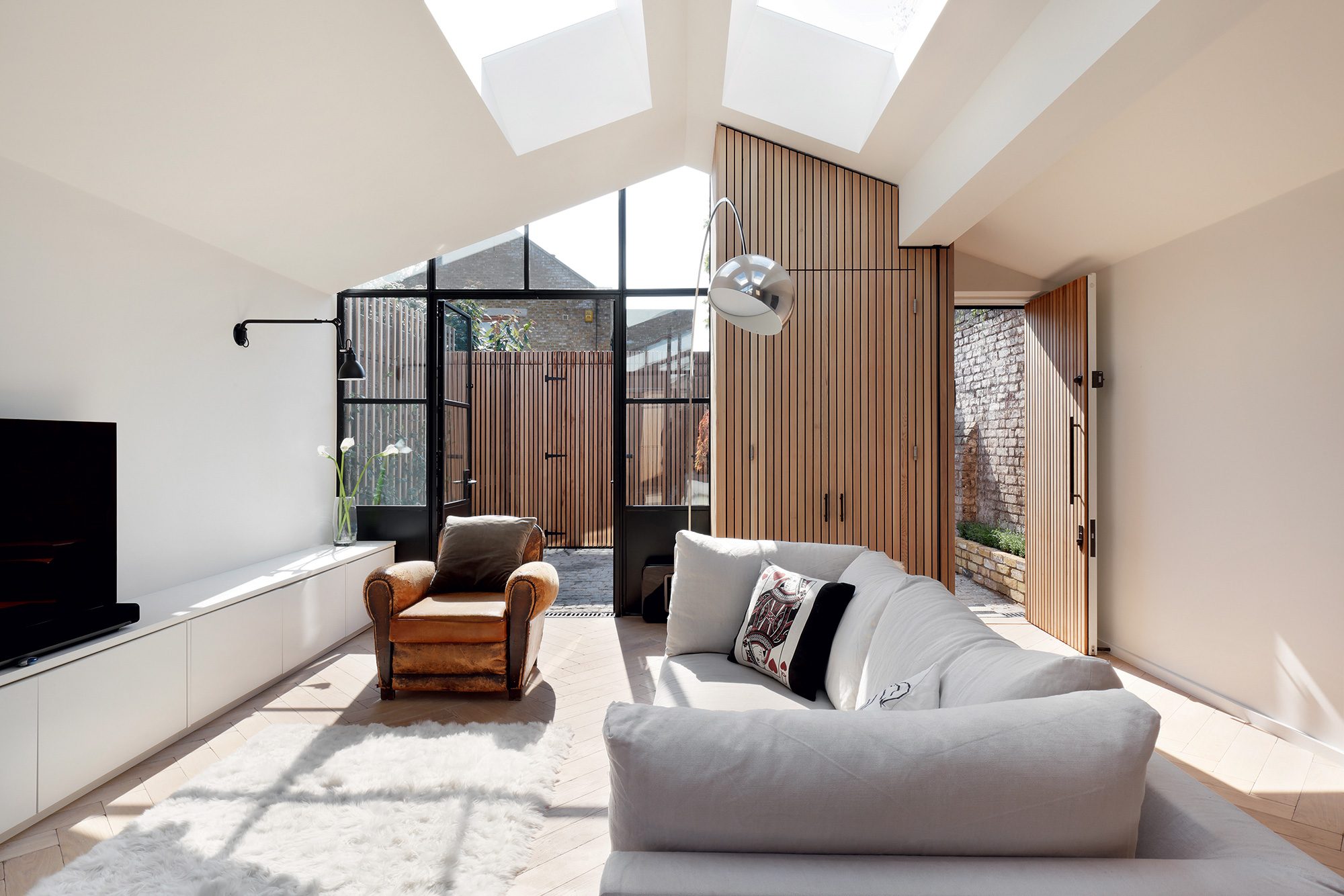
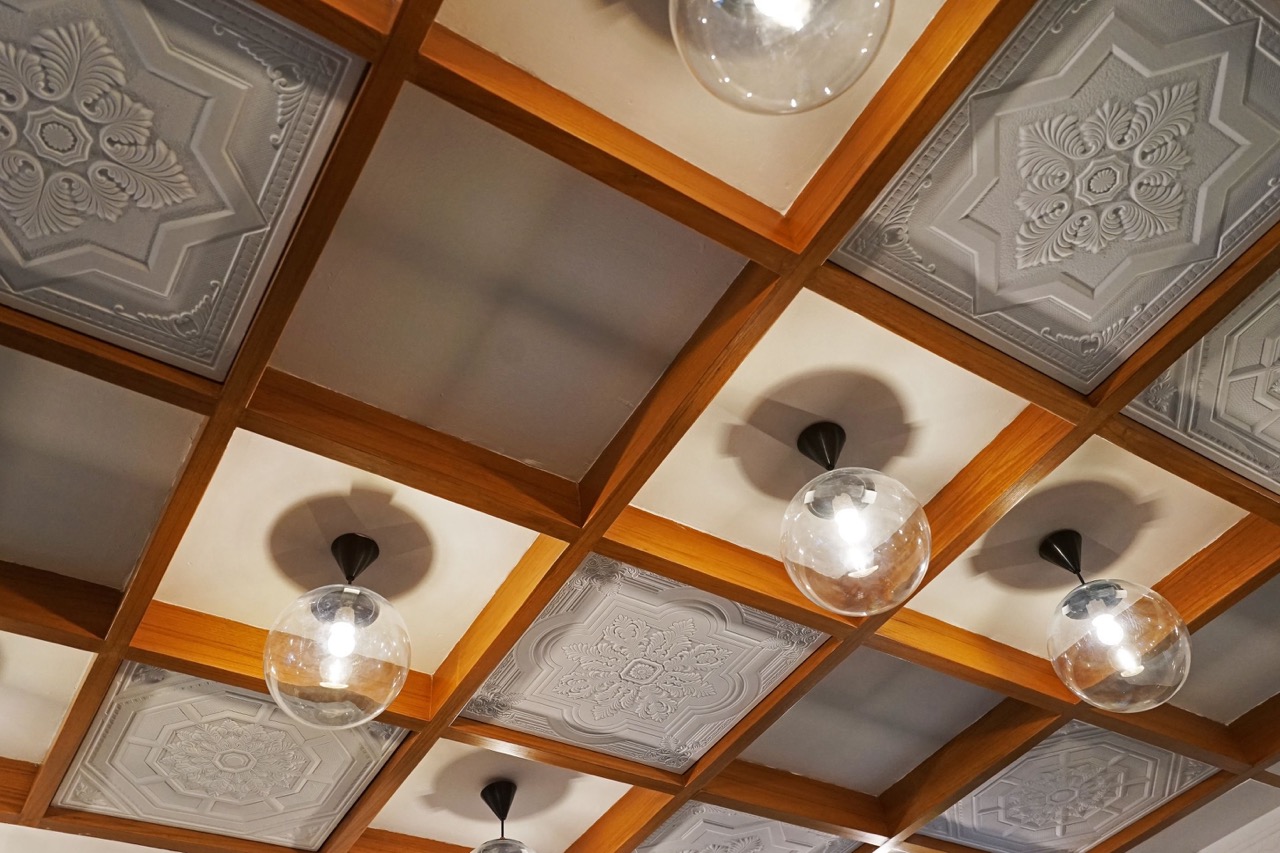
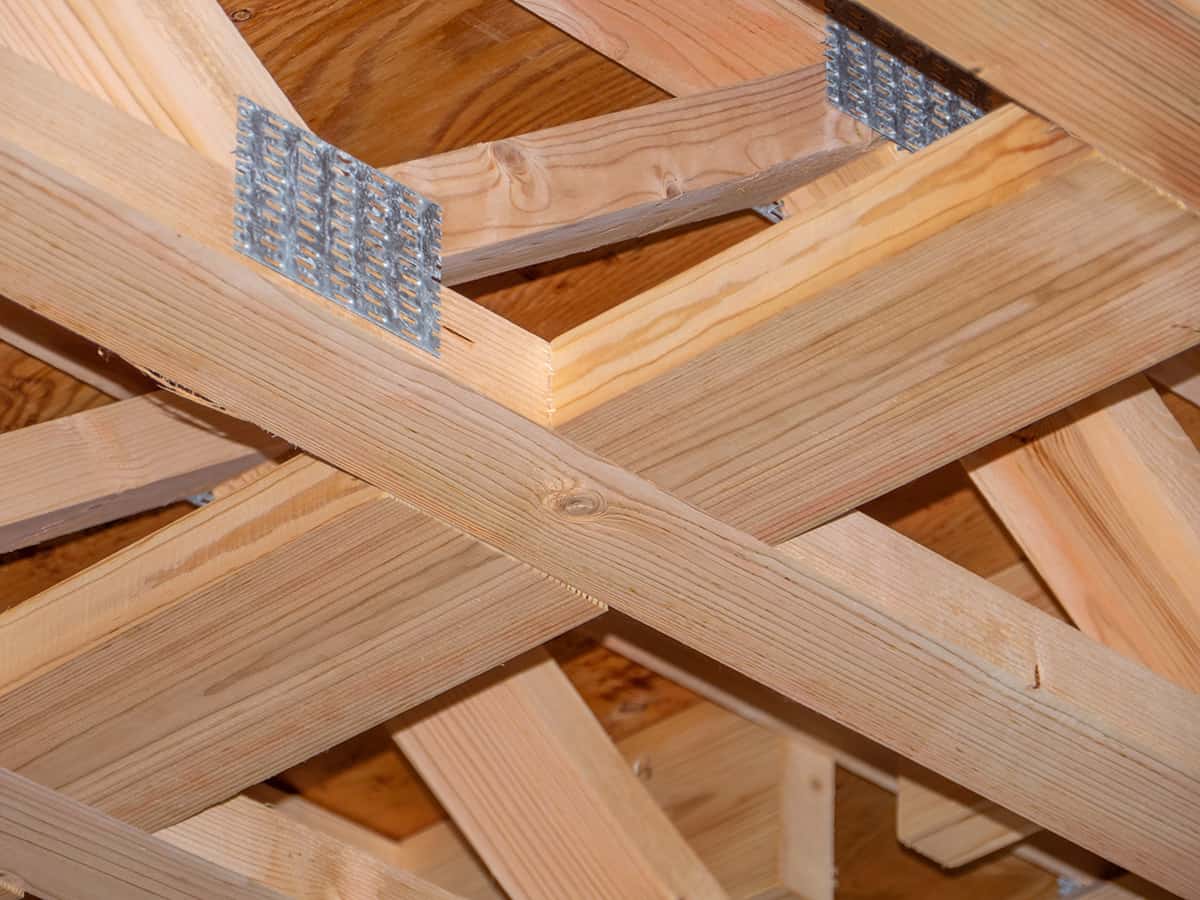
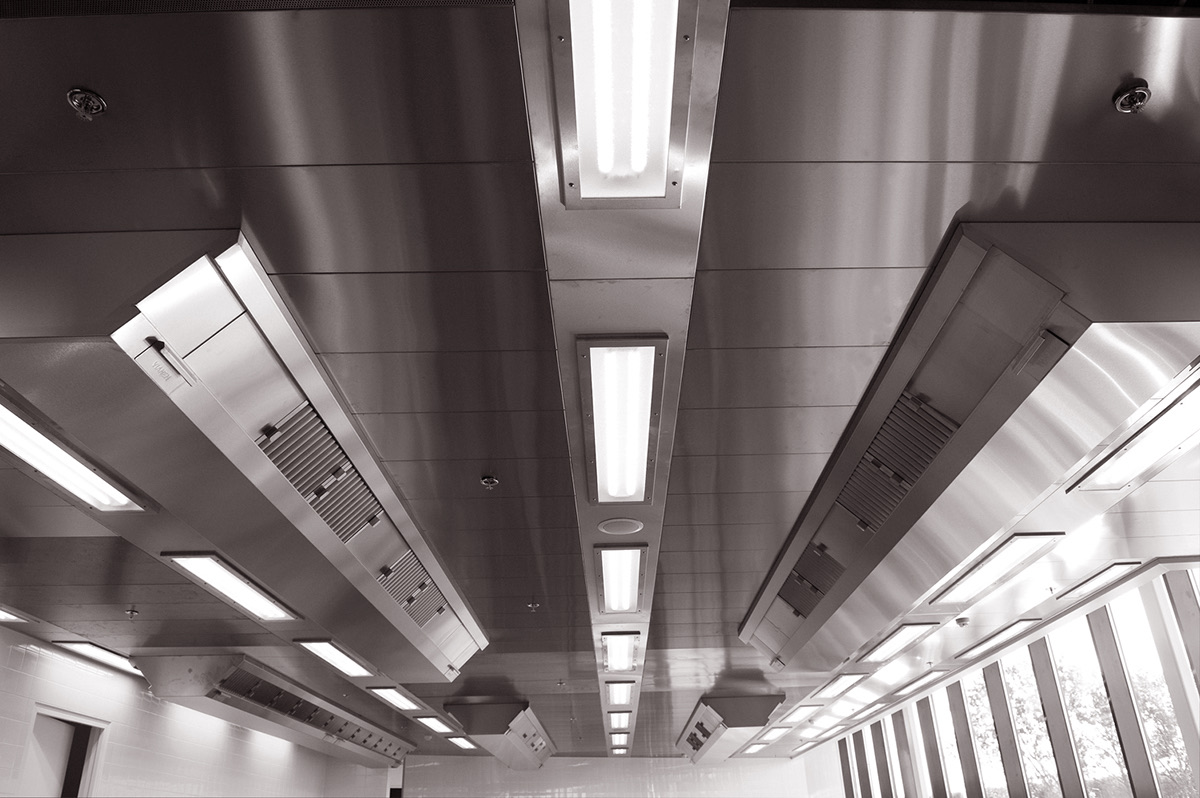
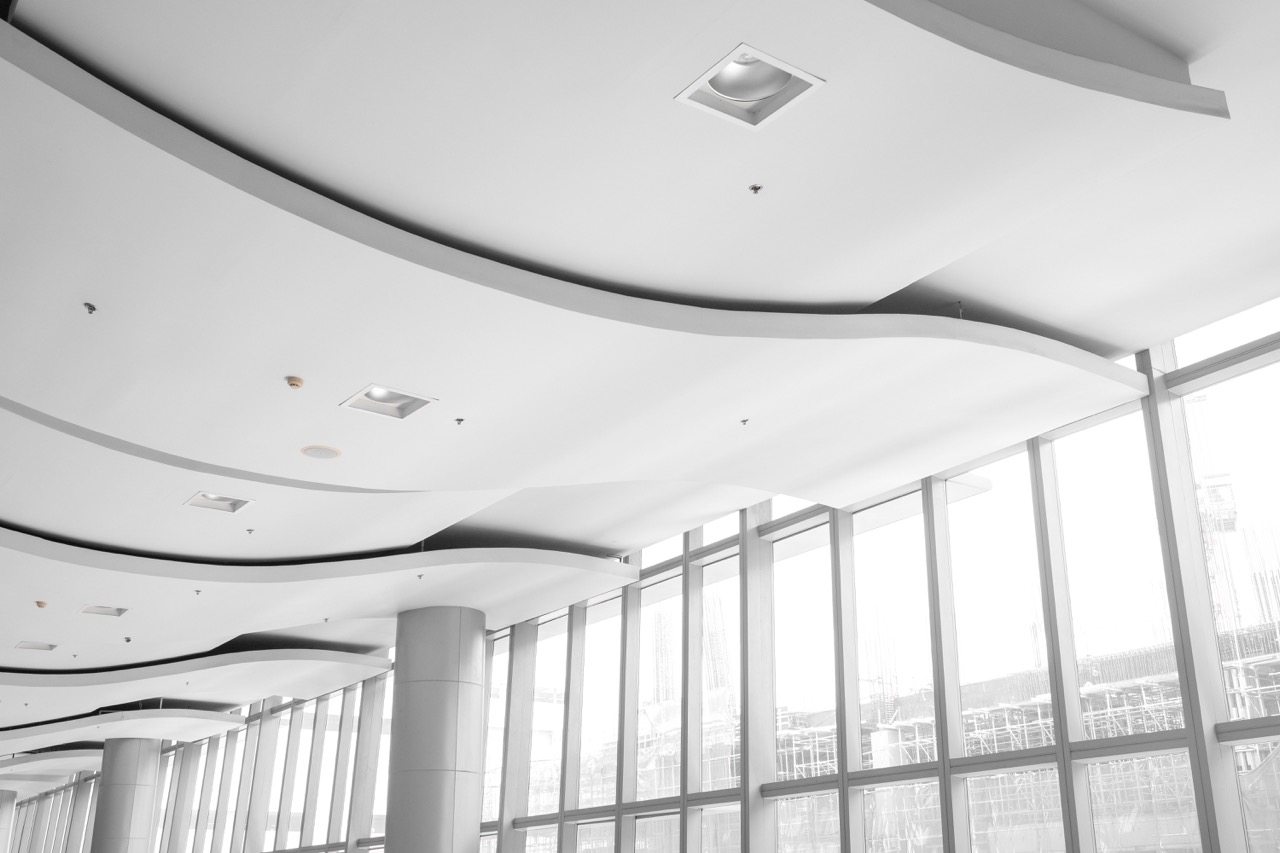
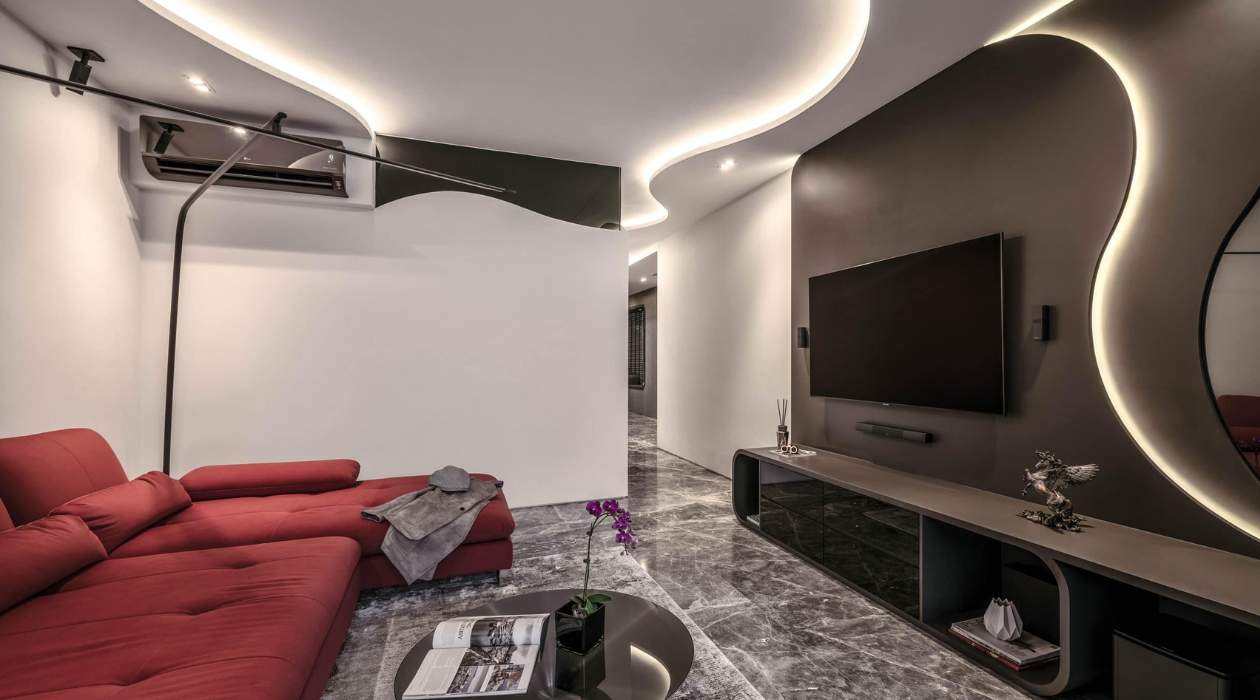
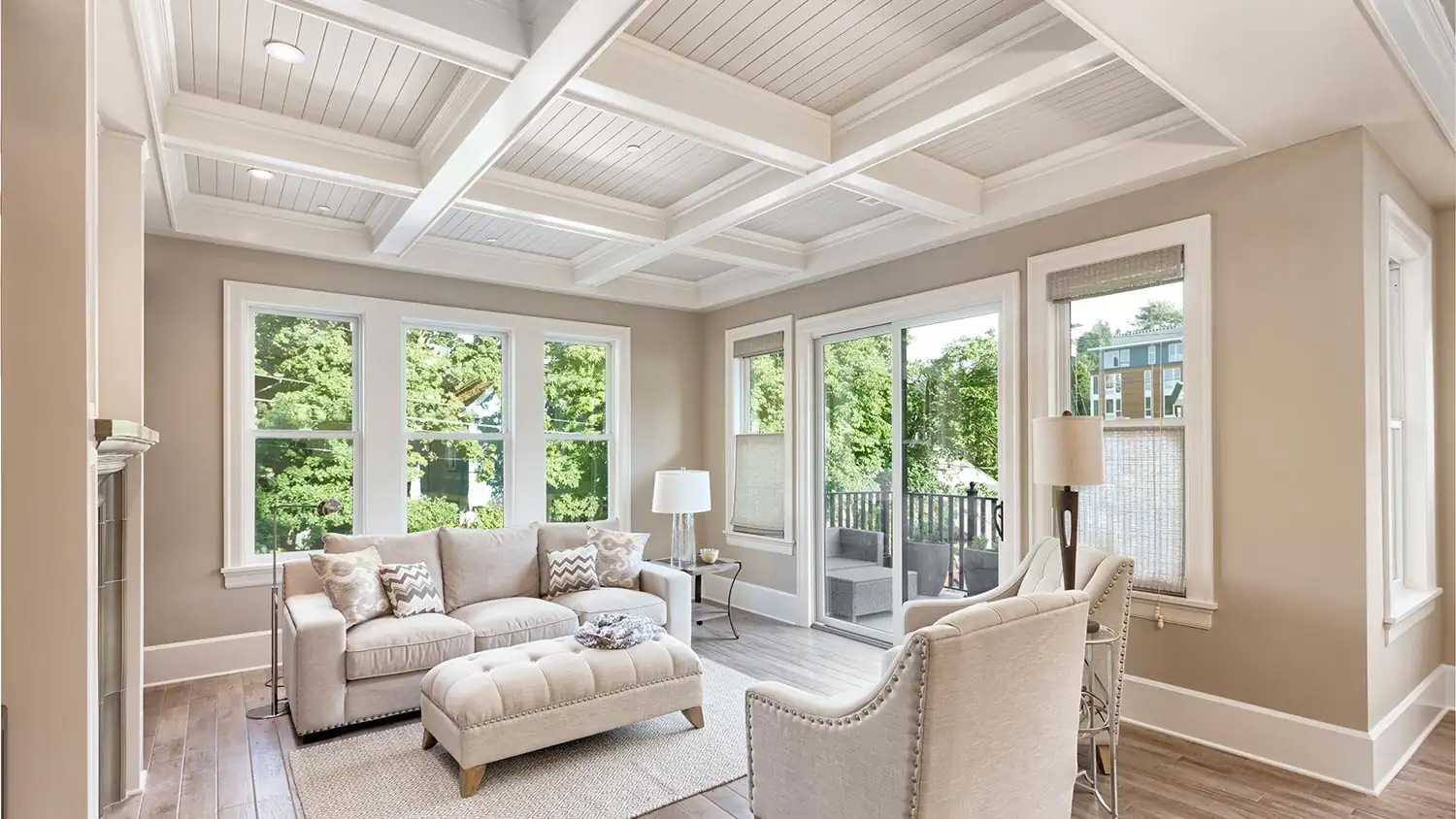
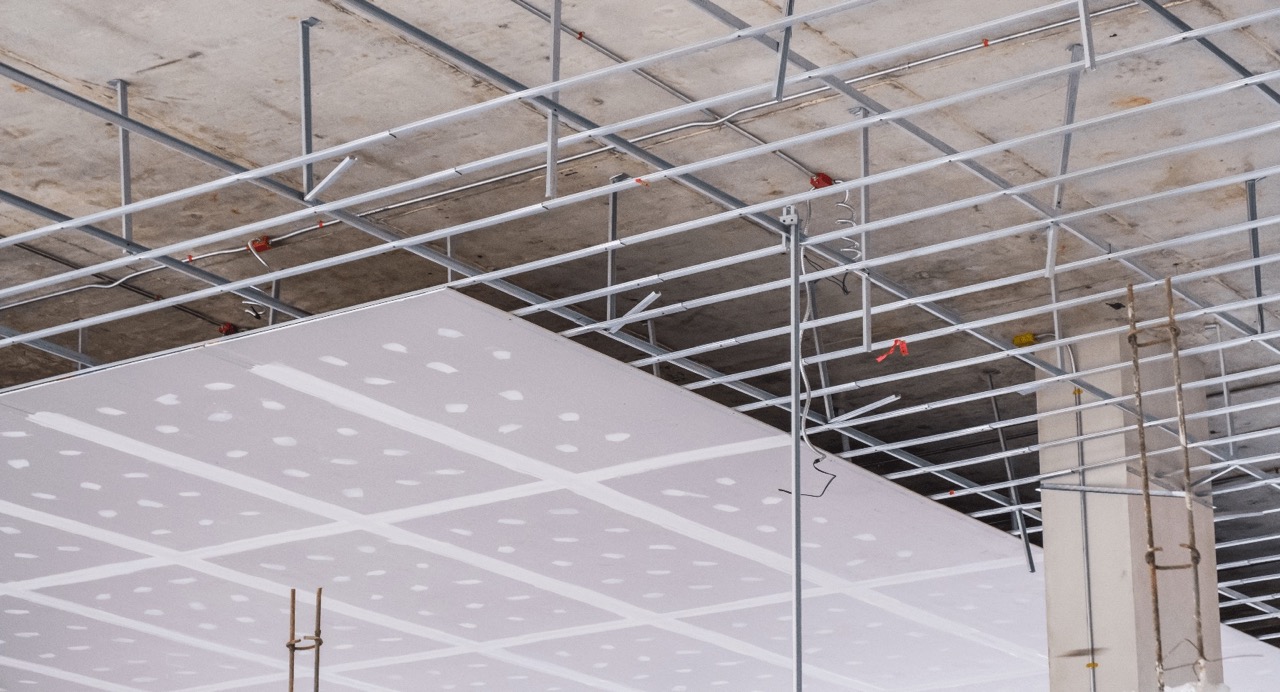
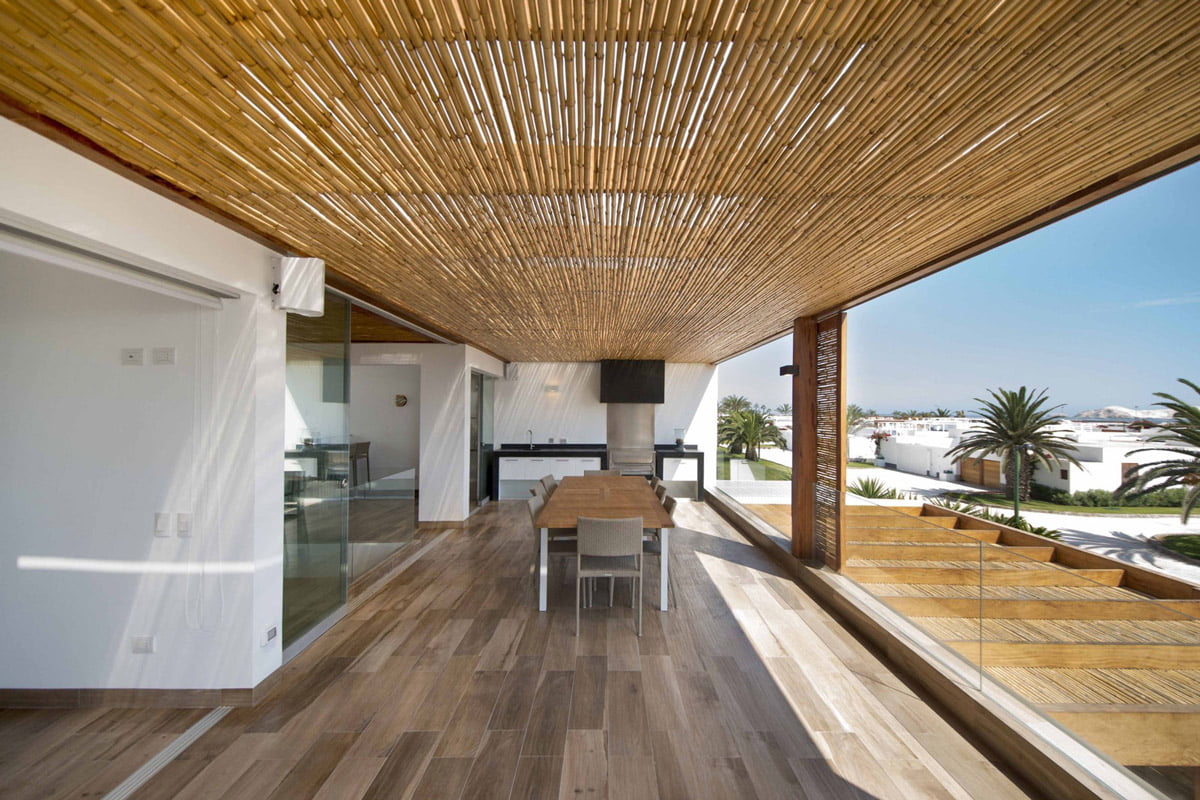
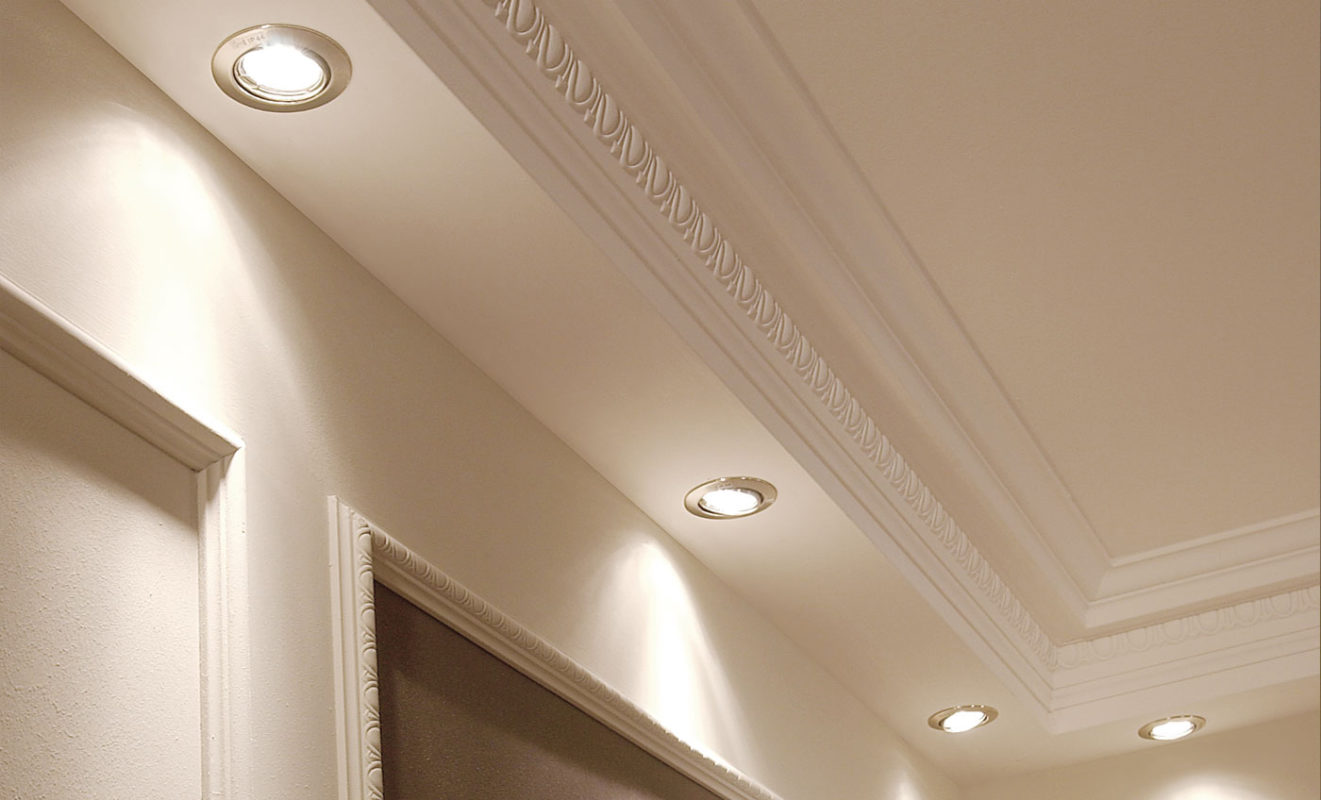
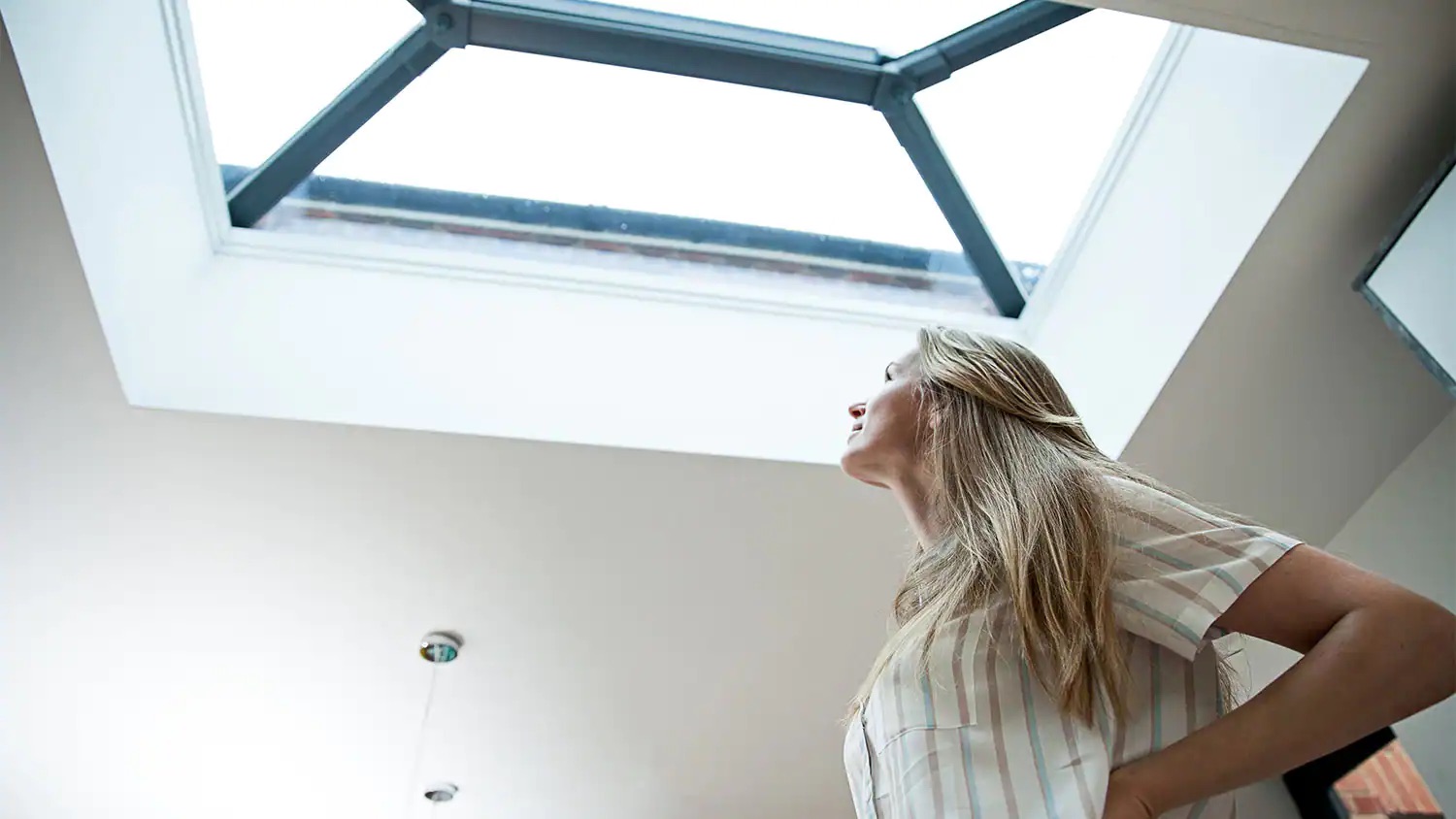
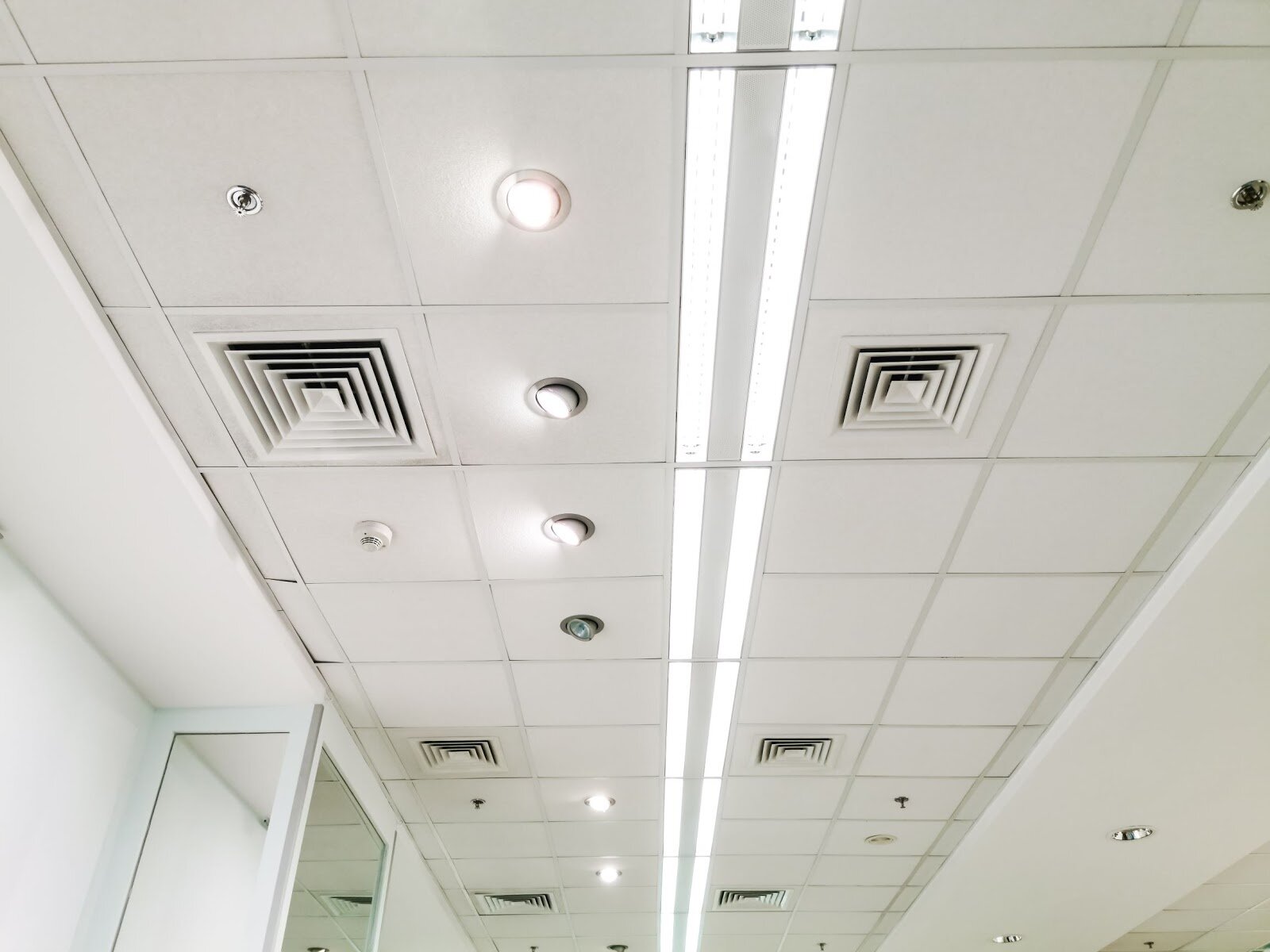
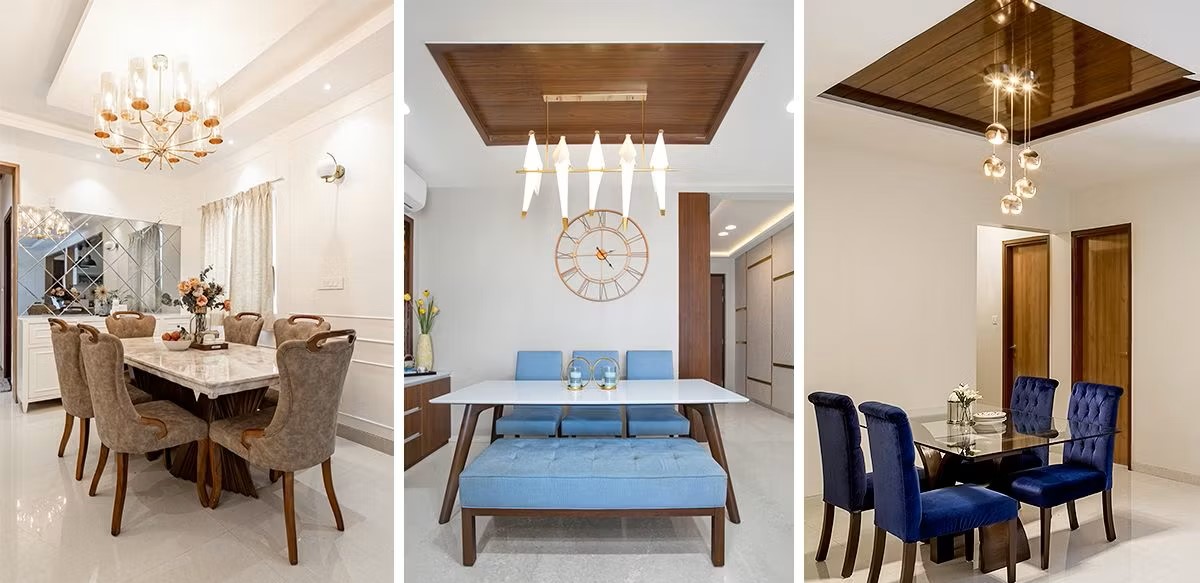

0 thoughts on “What Is A GWB Ceiling”